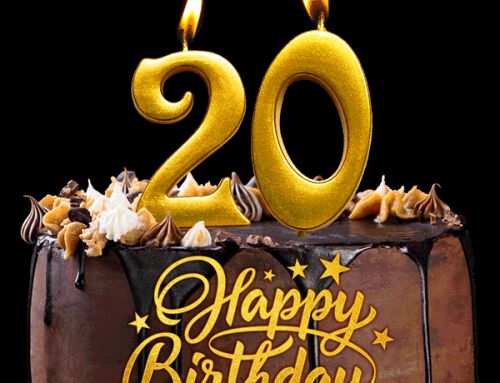The just released October 31st edition of Robert Parker’s Wine Advocate includes the publication’s annual review of Washington wines. This is the only time throughout the year Wine Advocate devotes space in the publication to Washington wine. Wine Advocate is released six times per year and is only available on a subscription basis (print, electronic, or both). It is not available on newsstands as the publication eschews advertisements to maintain its editorial independence.
In the new issue writer Jay Miller, Ph.D. (Clinical Psychology) reviews more than 560 wines from over 130 wineries. This year Cayuse and Quilceda Creek led the pack with 99 point ratings for the Bionic Frog (Cayuse) and Columbia Valley Cabernet (Quilceda Creek). Cayuse received high marks across the board with all of their red wines rated 95 points or higher. For Quilceda Creek, this was their fifth straight vintage receiving ratings of 99 to 100 points for their Columbia Valley Cabernet. Their other two cabernets also received high ratings (see my review of Quilceda Creek’s 2006 cabernets here). Other ratings of 95 points or above included wines from Betz, Gramercy, Grand Rêve, K Vintners/Charles Smith, Leonetti, Sheridan, and Woodward Canyon.
Of these wineries, new-comer Grand Rêve is perhaps the most attention-grabbing. Grand Rêve is a new wine project from Paul McBride and Ryan Johnson. The winery pairs Red Mountain fruit with some of Washington’s best winemakers (see a previous post on the winery here). In terms of the other wineries receiving top scores, those outside the usual suspects were Gramercy and Sheridan. These scores represent both well-deserved praise for these two wineries and an indication of the increasing excellence of their wines.
Other notables in this issue are the first critical review of Walla Walla’s Doubleback. The winery is a collaboration between Walla Walla native and former football star Drew Bledsoe and his childhood friend, Leonetti winemaker Chris Figgins. Wine Advocate gives Doubleback’s first release, a 2007 Cabernet, high marks. This wine will be released next spring. Overall in this issue, Miller rates the new releases from Washington very favorably, rating sixty percent of the wines he sampled 90 points or higher – an astonishing figure.
In reviewing the recent releases from Washington, Miller writes that the state’s consistency is what impresses him the most. Miller, who has covered Washington for the last several years for Wine Advocate, writes “The obvious lesson for consumers is to learn who the top producers are. With this knowledge, you can buy a wine from a favorite winery from almost any vintage with a very high expectation that it will be to your liking…” I would agree with this assessment.
Taking a broader view of the Wine Advocate ratings, an obvious question as a consumer is what do they mean to you and why should you care? For better or worse, numerical ratings drive wine sales like nothing else. Of the major publications, few drive sales like Wine Advocate. Many retailers use these scores on their shelf-talkers (the signs that hang under the wines) or e-mail campaigns. Similarly, many consumers look for scores when shopping for wine or look for specific wines that received high scores. Additionally, many of the wineries use this information on their websites and their promotional material.
In addition to moving wine, these ratings also increase a winery’s recognition. For example, while there has been a good deal of discussion in print and on the internet regarding Grand Rêve, you can be sure the Wine Advocate just put this winery on a lot of people’s radar screen. Finally, ratings can often impact the price of subsequent vintages. Prices often go up moderately to considerably with higher ratings due to increased demand. Although the recession has delayed the inevitable in Washington, as I have said before, don’t look for prices here to go anywhere but up in the long-term.
Tomorrow I will look at how Wine Advocate compares to other print media in terms of breadth of coverage of Washington wines, how they rate the wines, and the frequency with which they rate them.







Leave A Comment